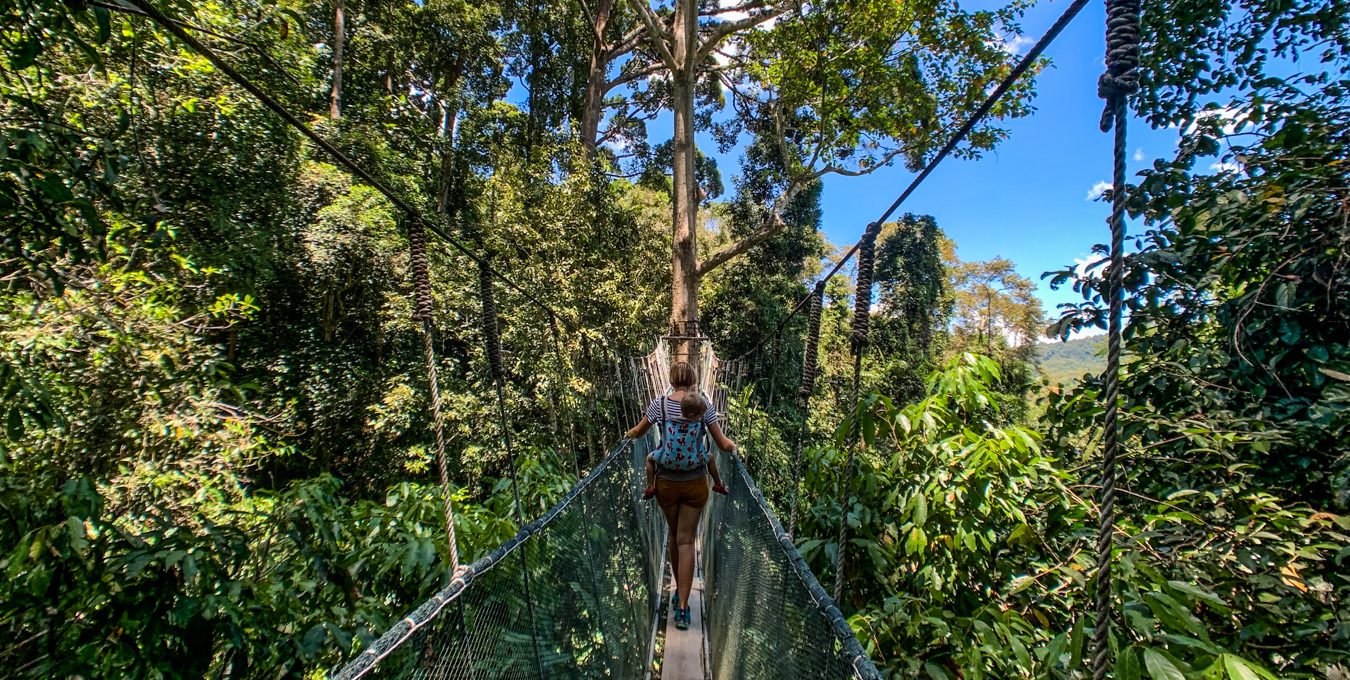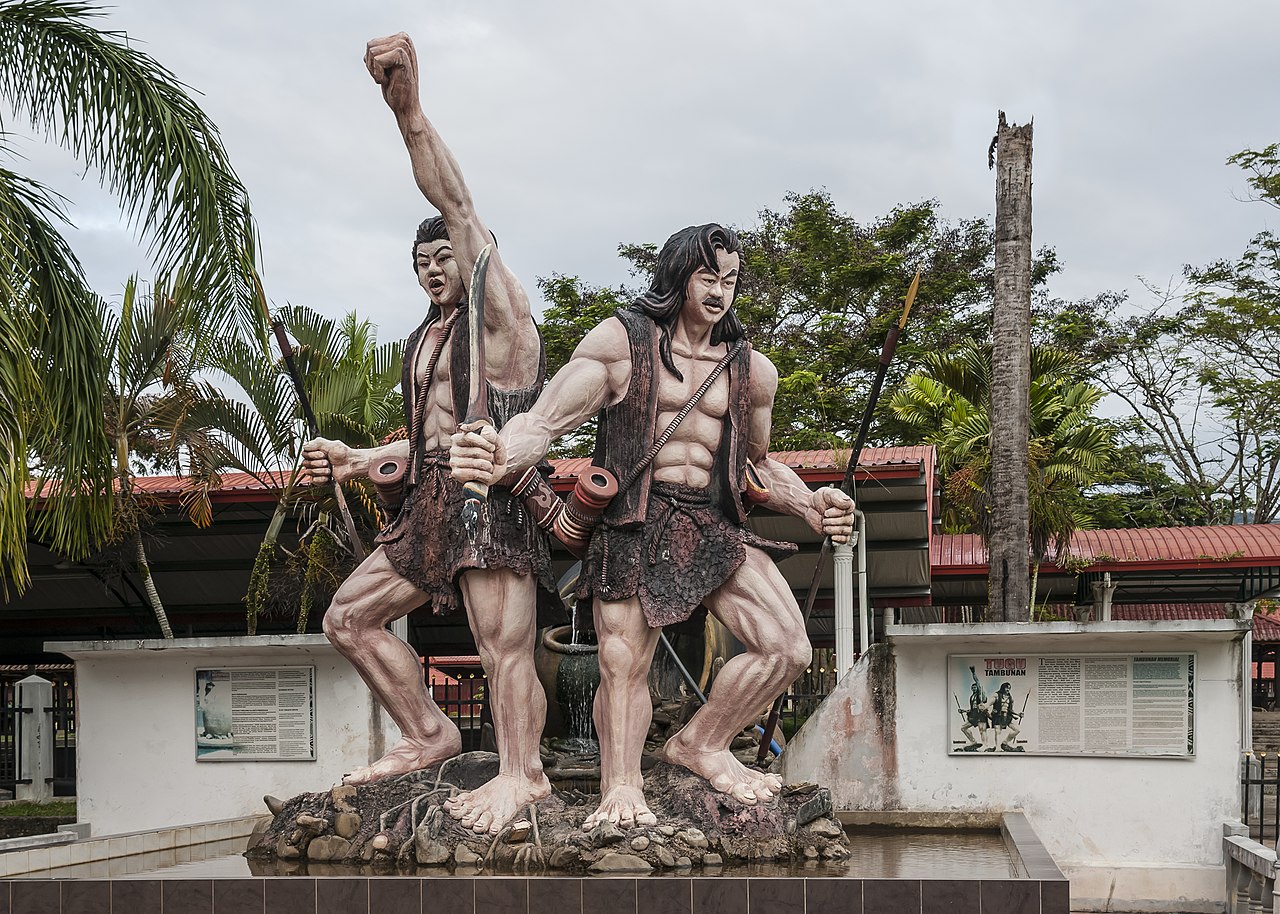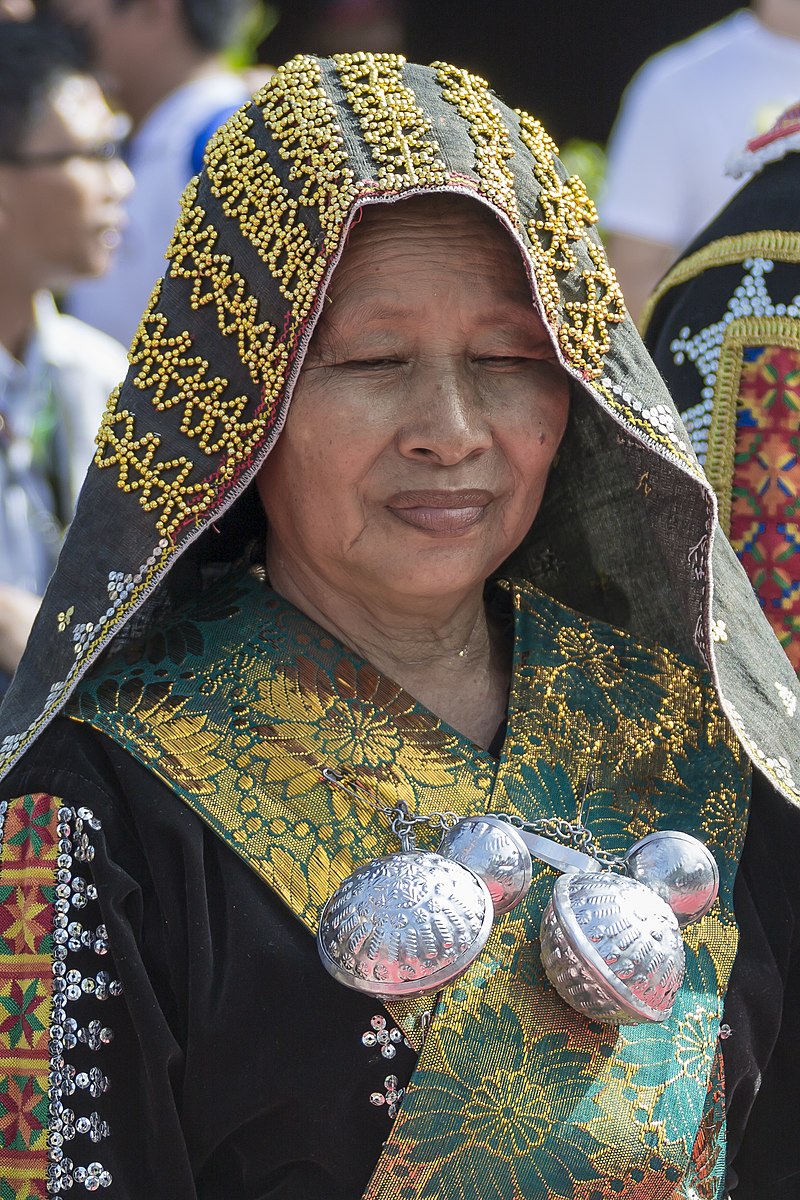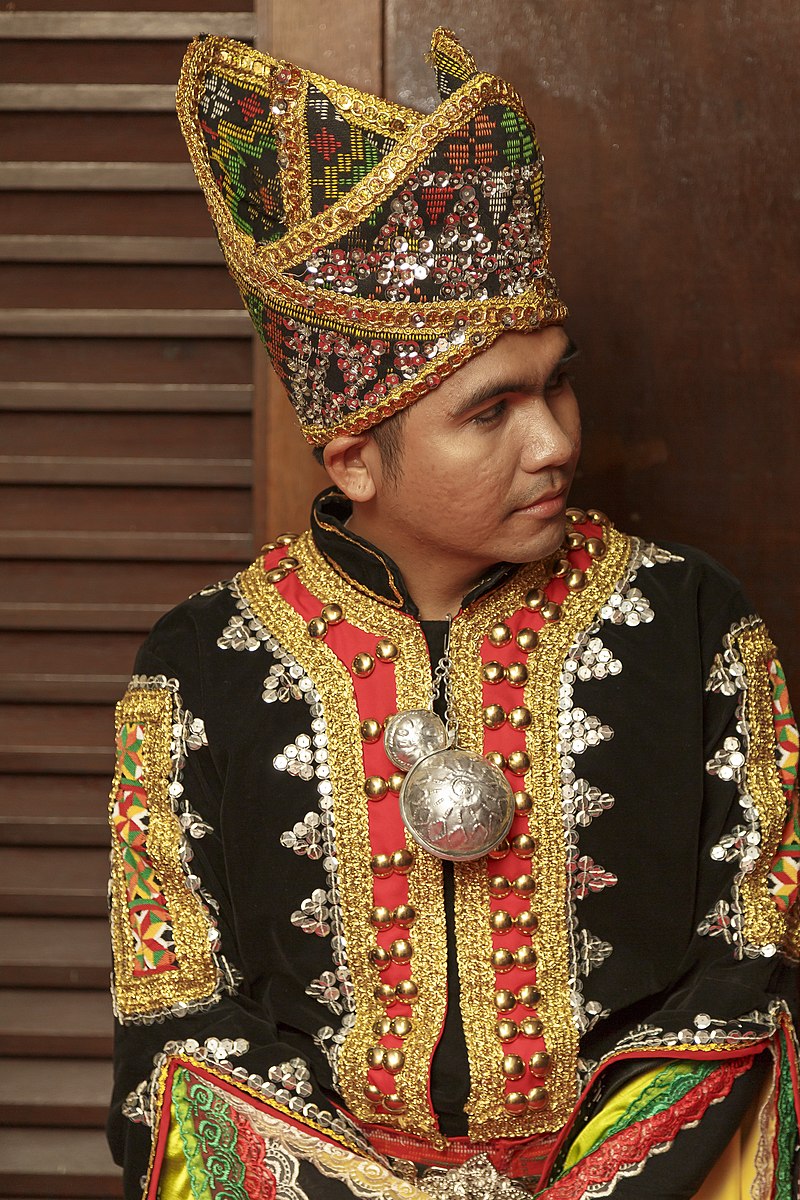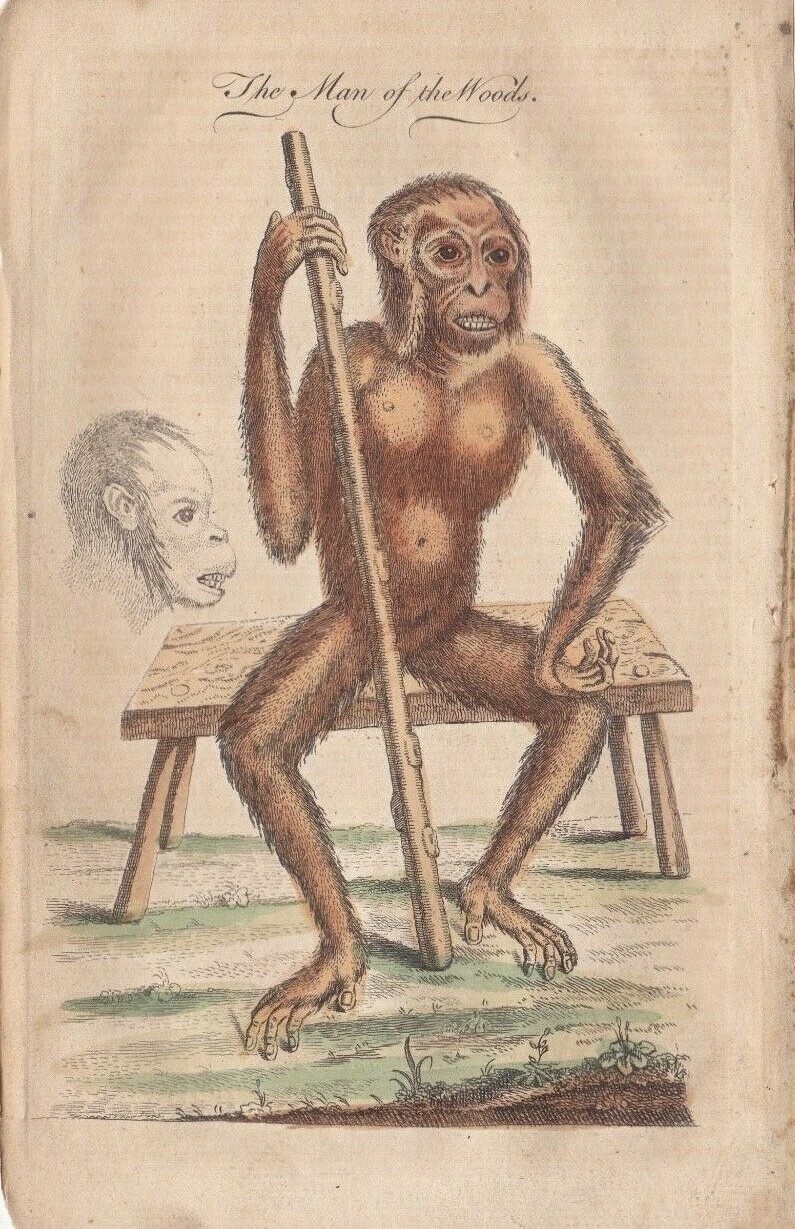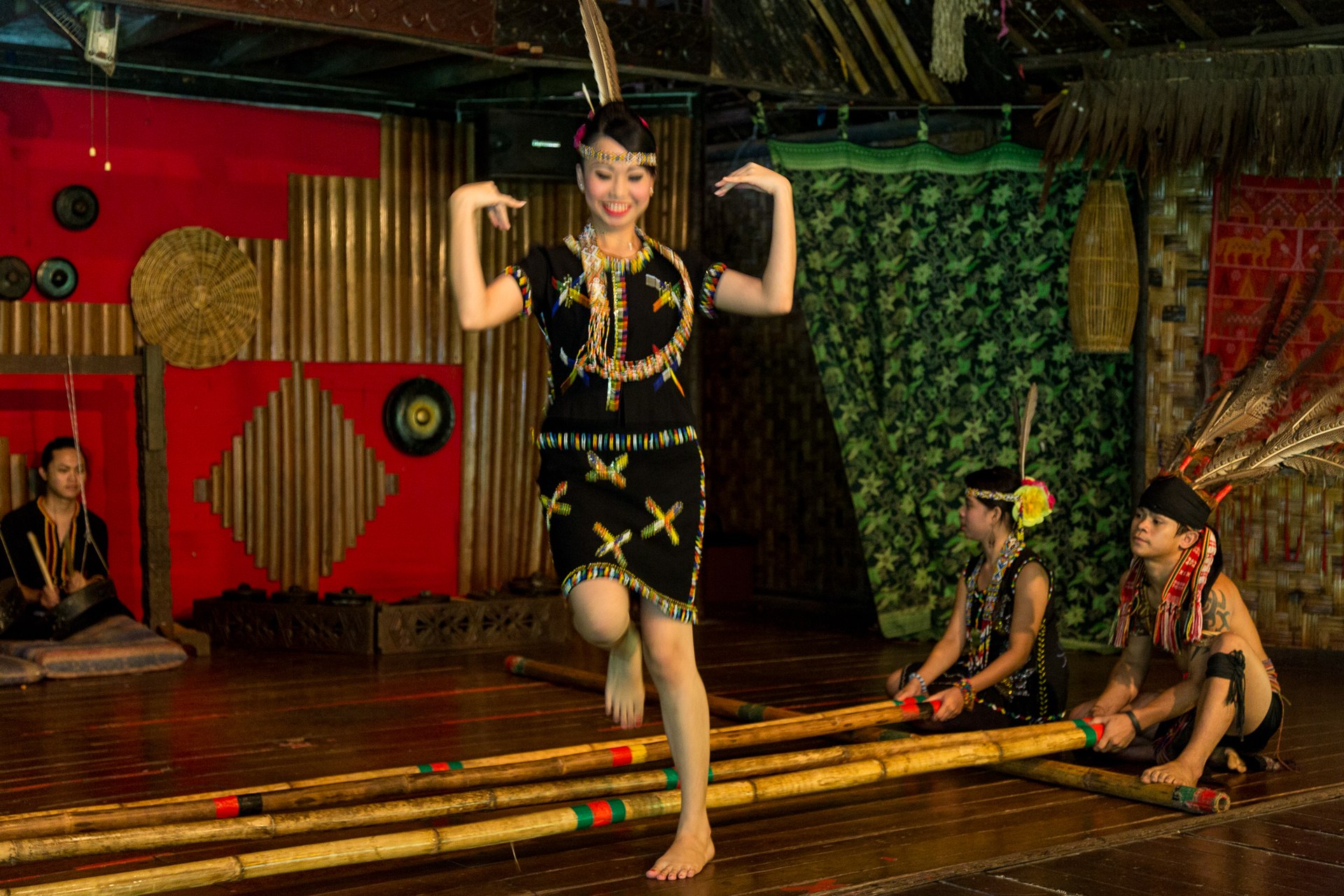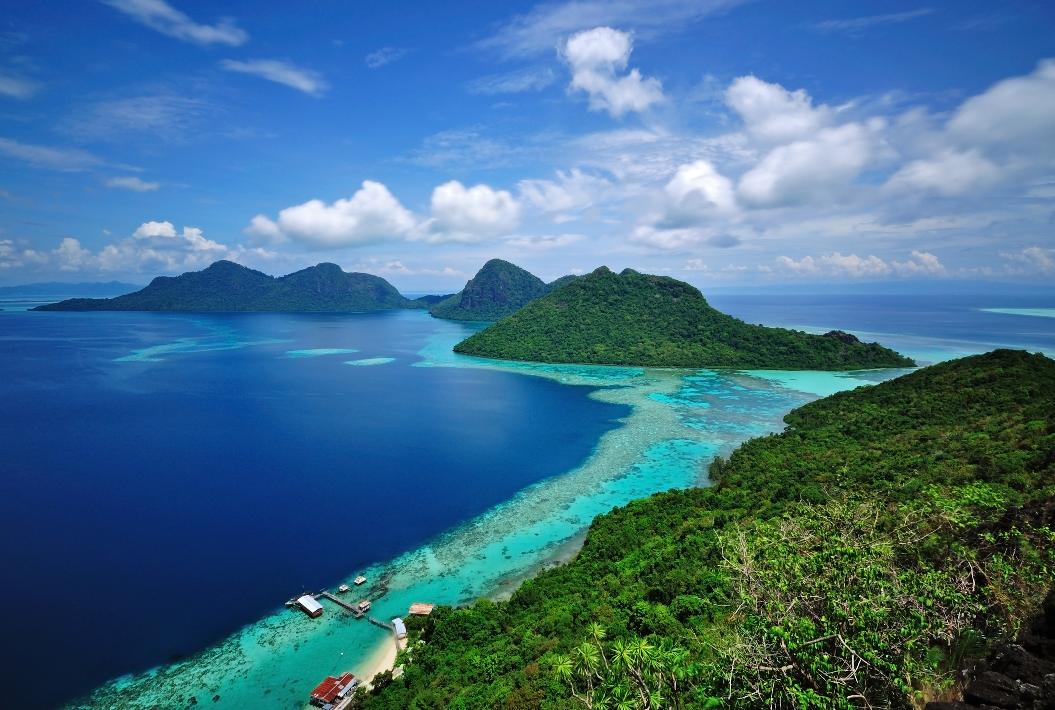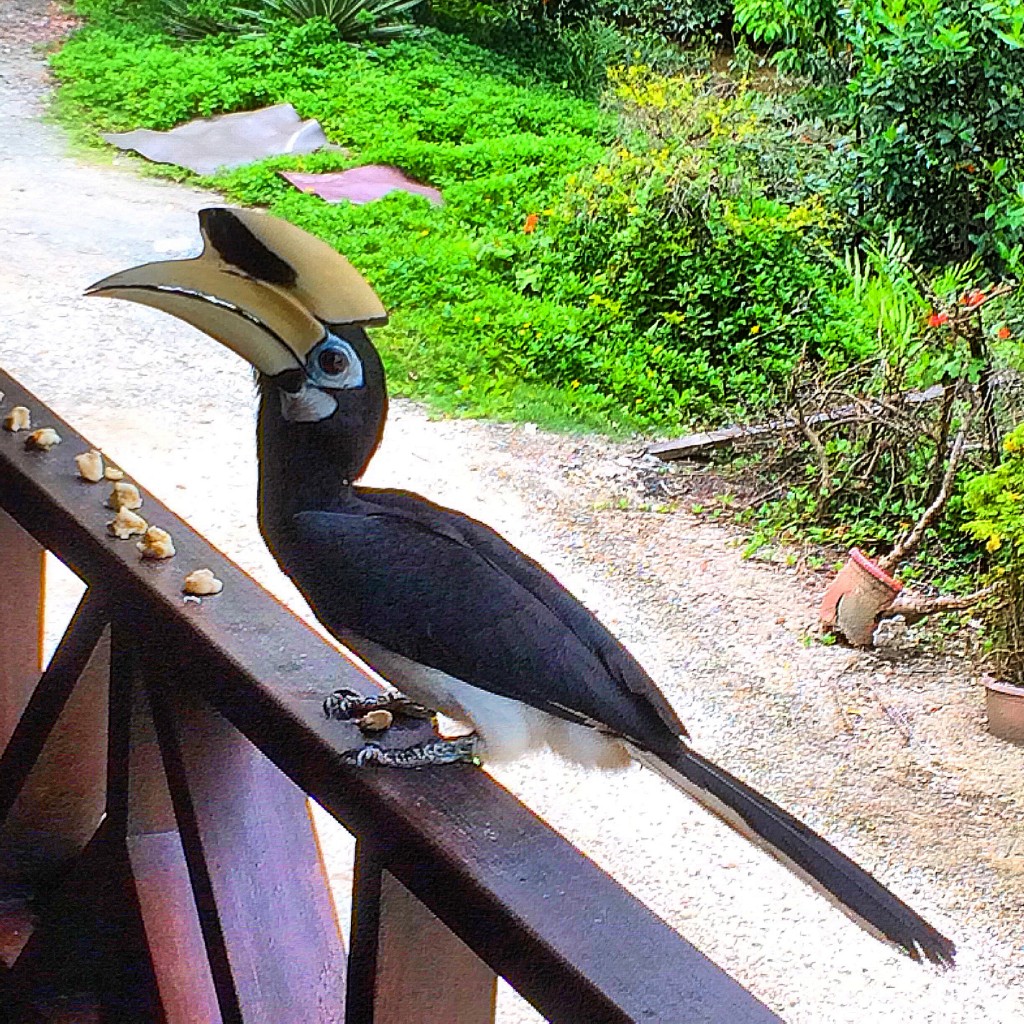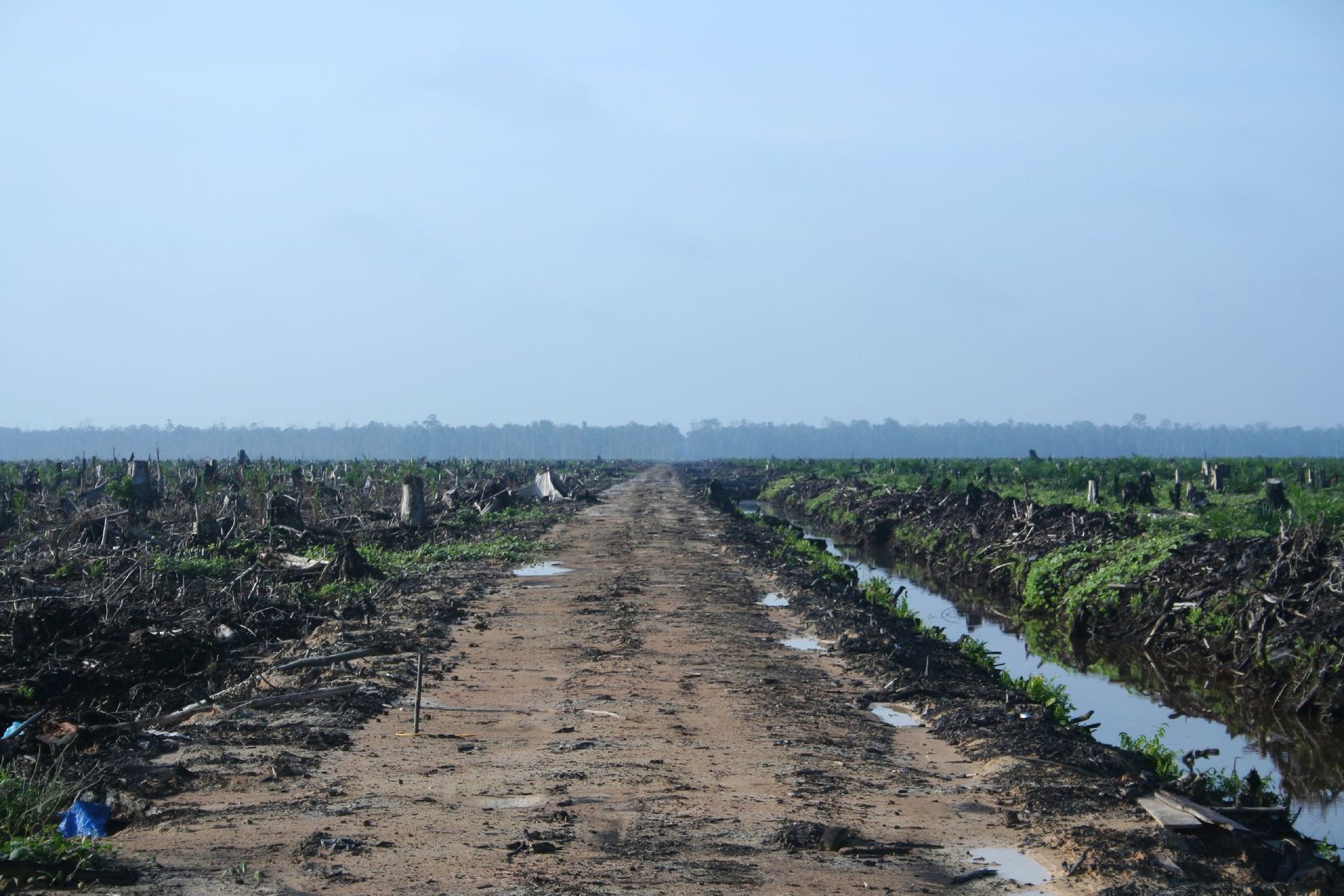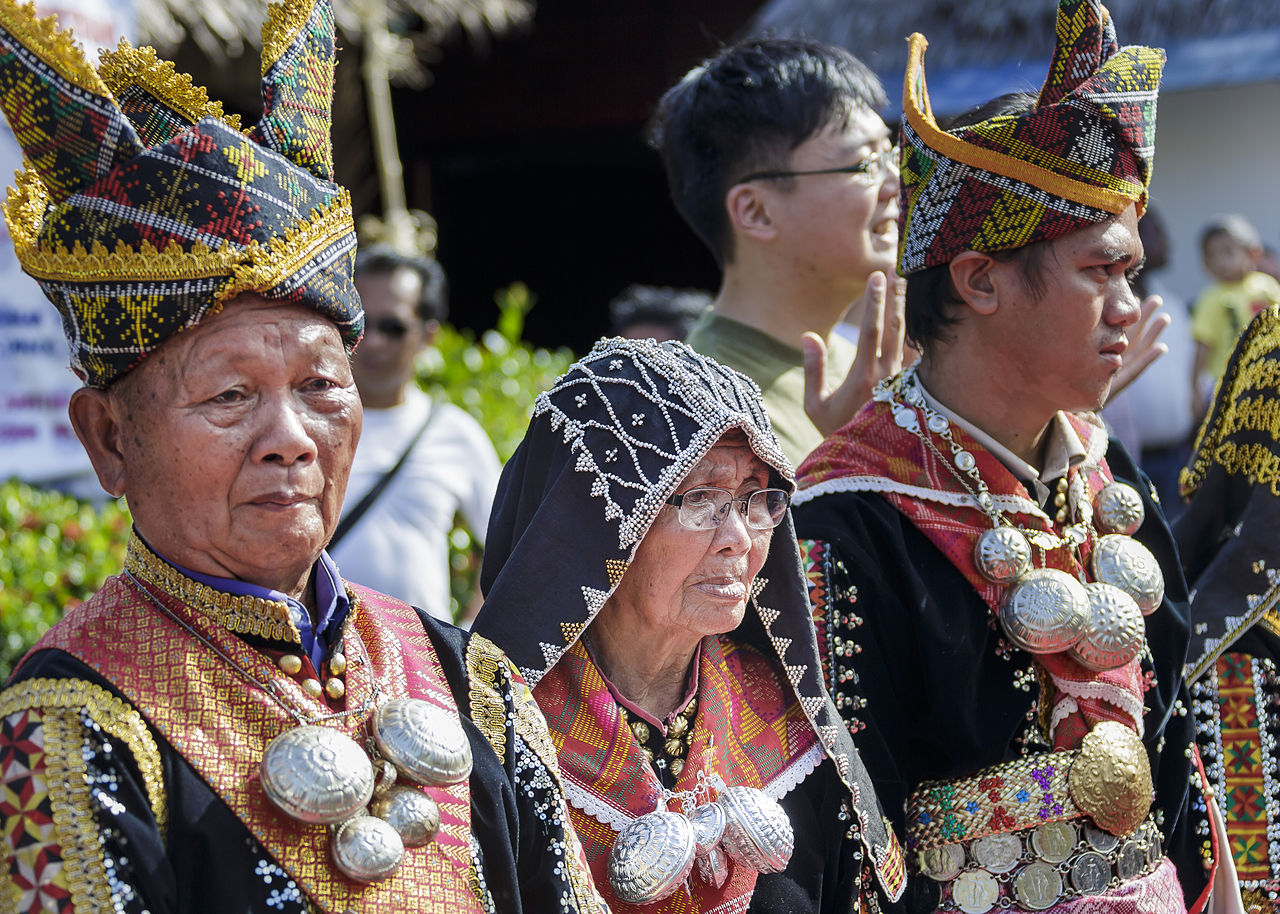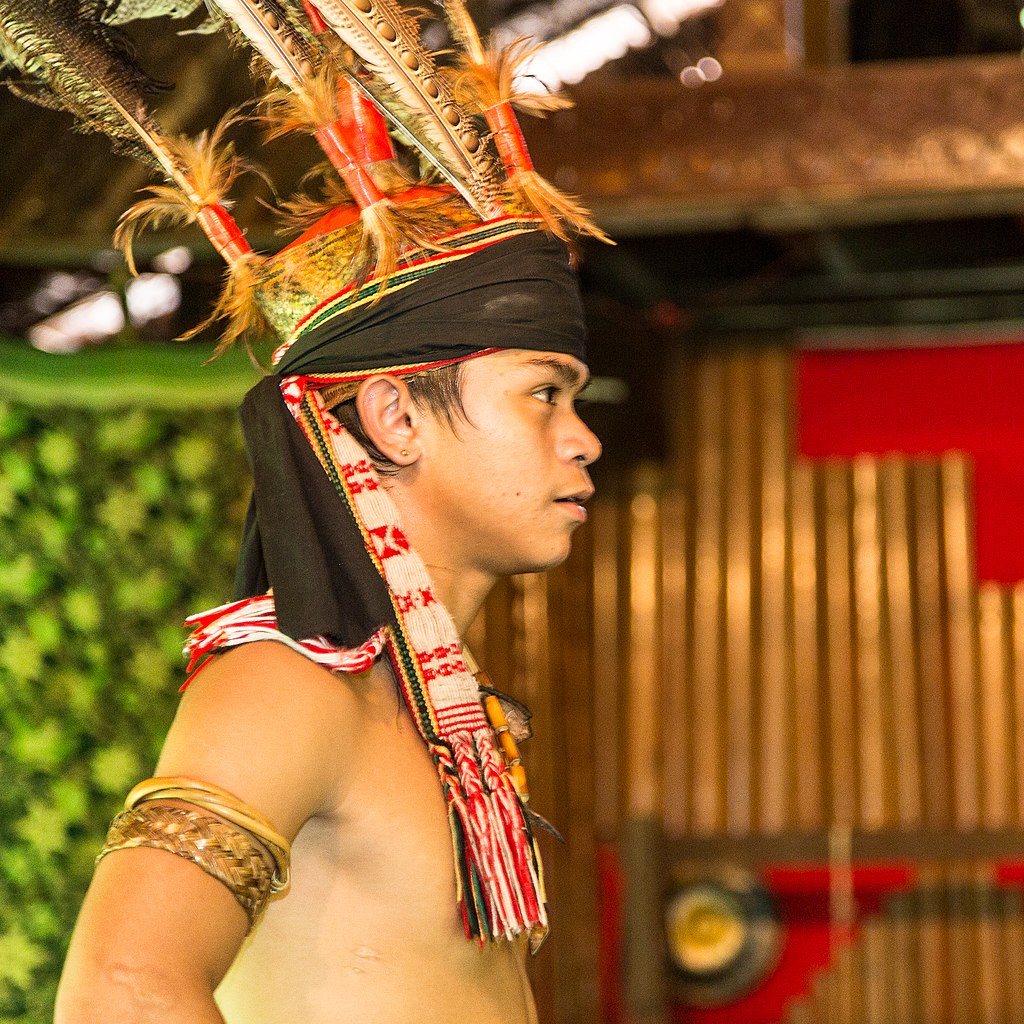
AsianOverland.net
Tour Guide - Itinerary
Asian Overland Sydney to London
Started 22/06/2022 Finished 21/06/2023365 Days ITINERARY
Day 44 date 04/08/2022MOUNT KINABALU to KOTA KINABALU, SABAH, MALAYSIA
ASIANOVERLAND.NET SYDNEY TO LONDON DAY 44: MOUNT KINABALU TO KOTA KINABALU, SABAH, MALAYSIA
The name "orangutan" is derived from the Malay words orang, meaning "person", and hutan, meaning "forest".
Orangutans are among the most intelligent primates, and construct sleeping nests each night from branches and foliage.
All three orangutan species are critically endangered, as human activities have caused severe declines in populations. Threats to wild orangutan populations include habitat destruction and deforestation, especially for palm oil cultivation and logging.
Since World War 11, there has been a road from Kinabalu National Park travelling west to the coast on the South China Sea, so you travel down from Mount Kinabalu through different types of habitat to the coast. The indigenous tribes are also different, from hill people and river people to coastal people. Historically, these different indigenous tribes have been far removed from one another by thick, impenetrable jungle, unless they could travel around the Borneo coast upriver to a different tribe of river people or hill people.
The Malay word orang, means "person", and each different type of person can be described by including the word “orang”, whether they are hill people, river people, coastal people, white people (orang putih) or forest people ("orangutan").
The Orang Sungei (Malay word for "River People") are indigenous people who live along the rivers of Kinabatangan, Paitan, Labuk, Kudat, Membakut and Lahad Datu.
"Kadazan" means "people of the land". The "Kadazan" term is popular among the Tangara tribe on the west coast of Sabah to refer to all the indigenous Sabahan tribes, while non-Tangara tribes in the interior and eastern part of the state prefer the term "Dusun". Administratively, the Kadazans were called 'Orang Dusun' by the Sultanate (and the tax-collector). In the first census made by the North Borneo Company in Sabah in 1881, all Kadazans were categorised as Dusuns.
The Kadazandusun ethnic group belongs to the Malayan-mongoloid human division, which is the mongoloid human race that inhabits many regions of Southeast Asia and East Asia. Kadazandusun DNA connections to Taiwan and China are not surprising, as you could walk across the South China Sea during the last ice age, when the sea was 135 meters lower than it is today.
The Murut are an indigenous ethnic group comprising 29 sub-ethnic groups inhabiting the northern inland regions of Borneo. The literal translation of murut is "hill people".
The Murut were the last of Sabah's ethnic groups to renounce headhunting. As with the Iban of Sarawak, collecting heads of enemies traditionally served an important role in Borneo culture. For example, a man could only get married after he presented at least one head to the family of the desired girl ….. another reason why inland people didn’t travel far from their homeland.
The Murut were cultivators of hill padi and tapioca, supplementing their diet with blowpipe hunting (poison darts) and fishing. They live in communal longhouses, usually near rivers, using the rivers as their highways.
Traditional dress for men was a jacket made of tree bark, a red loincloth, and a headdress decorated with Argus pheasant feathers. Women wore a black sleeveless blouse and sarong, just below the knees. Like most of the other indigenous groups in Sabah, the Murut decorated their clothing with distinctive beadwork and also made belts out of old silver coins. Another belt made of reddish-brown glass beads plus yellow and blue beads was hung loosely around the waist.
The Kadazandusun traditional musical instruments include the bamboo flute, sompoton, gong and kulintangan.
Monsopiad Cultural Village (Kampung Monsopiad) features cultural shows of the Kadazan-Dusun culture. It is named after the legendary Kadazan-Dusun headhunting warrior, Monsopiad, and includes some of the skulls of the hunted heads.
The Borneo Traditional Cooking Class is another event to taste traditional food and learn more about the indigenous cultures. Roast pig on the spit is popular, and a vast array of fresh fish is available from the rivers and the South China Sea, and is either cured or cooked. The diving, fishing and snorkeling on the islands around Sabah is spectacular.
Cultural venues in Kota Kinabalu include the Sabah State Museum, Sabah Art Gallery, and the Botanic Gardens. Wisma Budaya Art Gallery in the city centre hosts national as well as regional art exhibitions. The Hongkod Koisaan building in Penampang is home to the Kadazan-Dusun Cultural Association and hosts the annual Kaamatan or Harvest Festival.
© This work is copyright. Apart from any use permitted under the Copyright Act 1968, no part may be reproduced by any process, nor may any other exclusive right be exercised, without the permission of Peter Searle, peter@portseavillageresort.com; 1980-2024.
Website built by Justin O’Dea www.webdeveloperdocklands.com.au


